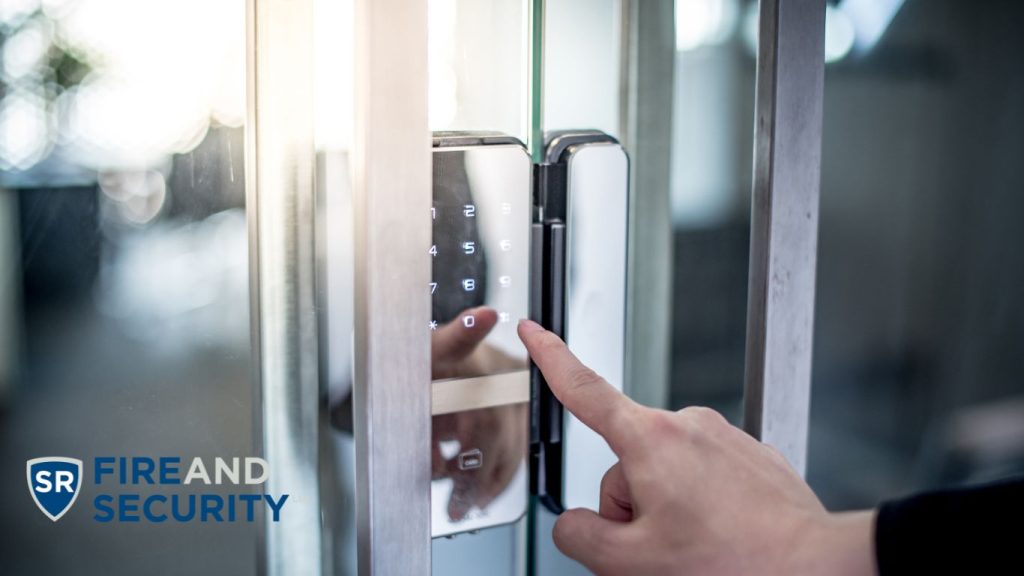
Keypad door access control systems have emerged as a powerful tool in controlling who enters your premises. These systems, offer a robust, versatile, and cost-effective solution for enhancing security in various settings, from offices to residential complexes. In this article, we’ll delve into the specifics of keypad door access control systems and explore their numerous benefits.
How Keypad Door Access Control Systems Work
At the heart of a keypad door access control system is a keypad, similar in appearance to a telephone keypad. This keypad is connected to an electronic control panel and a locking mechanism on the door it is meant to secure. The system operates based on PINs (Personal Identification Numbers).
Here’s how it works:
- User Enrolment: Authorised individuals are assigned unique PINs. These PINs are often kept confidential and are known only to the individual user.
- PIN Entry: To gain access, the user enters their PIN on the keypad. The control panel processes this input.
- Authentication: The control panel compares the entered PIN with the stored database of authorised PINs. If there’s a match, the control panel sends a signal to release the door lock, granting access.
- Door Access: The door lock is temporarily released, allowing the user to enter.
- Logging: Most systems log each entry, creating an audit trail that can be reviewed later for security and tracking purposes.
Benefits of Keypad Door Access Control Systems
Enhanced Security: Keypad access systems significantly enhance security by requiring a unique PIN for entry. Unlike traditional locks or keys, PINs cannot be easily duplicated or stolen.
Cost-Effective: Keypad systems eliminate the need for physical keys, which can be costly to replace if lost or stolen. Additionally, PINs can be changed or revoked easily, reducing the cost of rekeying, or replacing locks.
Convenience: Users don’t need to carry physical keys, making entry more convenient. Additionally, PINs can often be shared with trusted individuals temporarily, such as contractors or guests.
Customisation: These systems are highly customisable. You can set access schedules, restrict access to specific times or days, and even integrate them with other security systems like CCTV or alarms.
Audit Trails: The ability to log entries creates an audit trail, which can be invaluable for security monitoring and investigations.
Remote Access: Many keypad systems can be accessed remotely. This is particularly useful for businesses that want to grant access to employees or contractors outside of regular working hours.
Scalability: These systems are highly scalable, making them suitable for both small businesses and large organisations. You can easily add or remove users from the system.
Use Cases for Keypad Door Access Control Systems
- Commercial Buildings: Offices, warehouses, and factories benefit from enhanced security and access control.
- Residential Complexes: These systems provide an additional layer of security for apartment buildings and gated communities.
- Educational Institutions: Schools and universities use keypad access systems to control access to classrooms and sensitive areas.
- Healthcare Facilities: Hospitals and clinics restrict access to patient records and medication storage areas.
- Retail Stores: Keypad systems help protect inventory and restrict access to secure areas.
Conclusion
In conclusion, keypad door access control systems offer a versatile, convenient, and cost-effective solution for enhancing security in various settings. Whether you’re looking to safeguard your business premises, control access to residential complexes, or enhance security in educational institutions, these systems provide a powerful tool for achieving your security goals. If you’re considering implementing a keypad door access control system, get in touch with us today. Our expertise can ensure you get the most from this advanced security technology.
